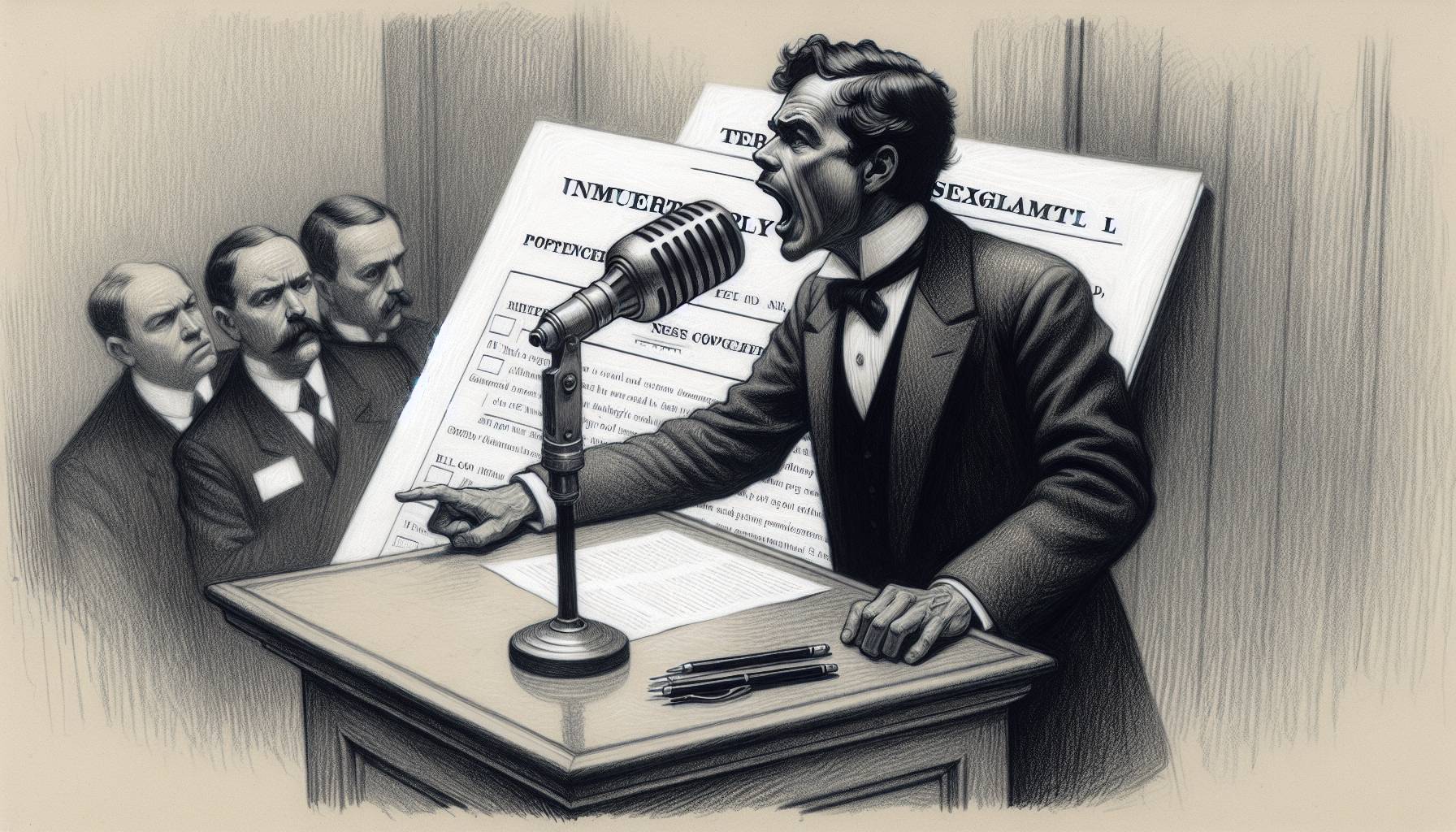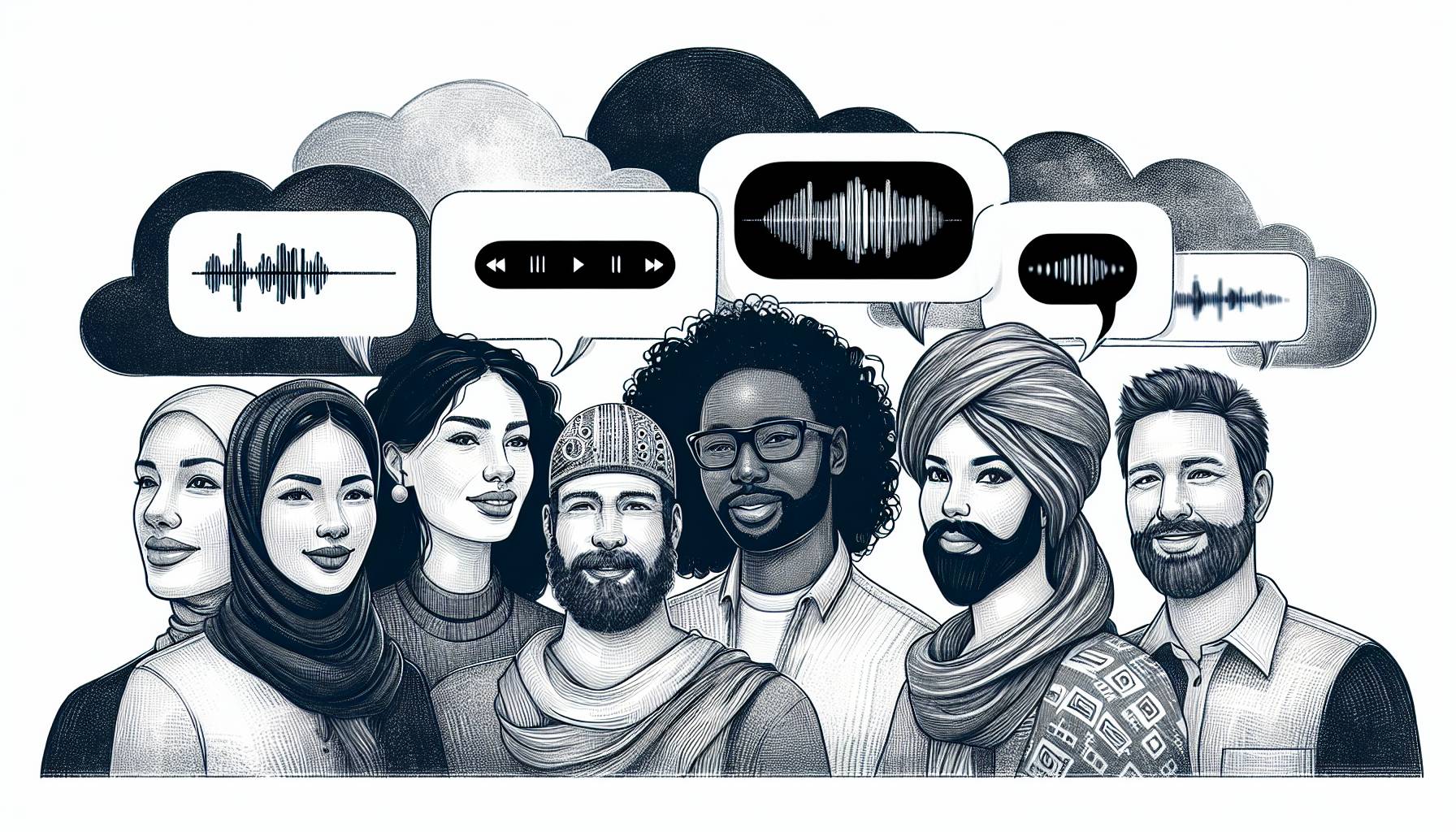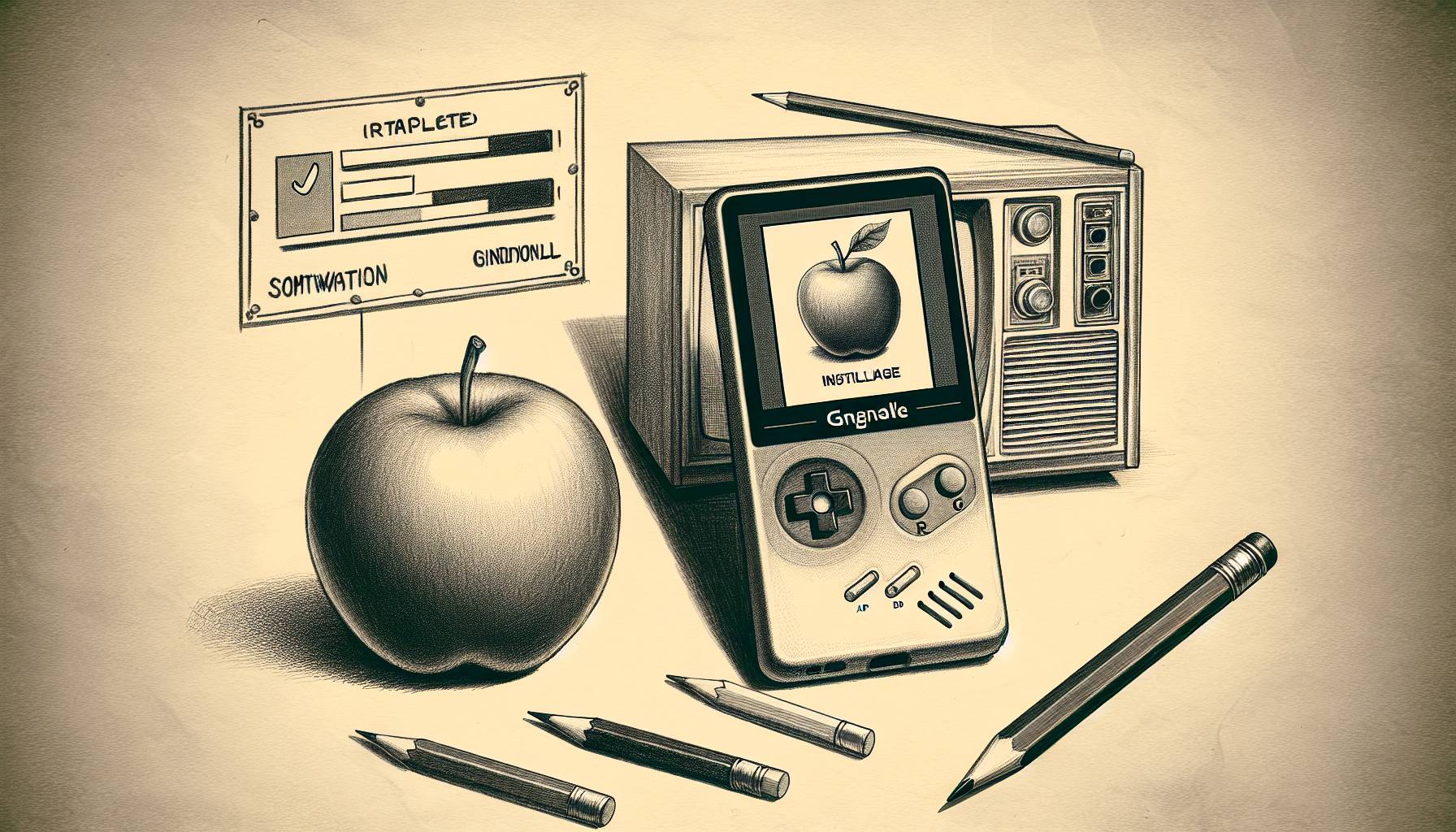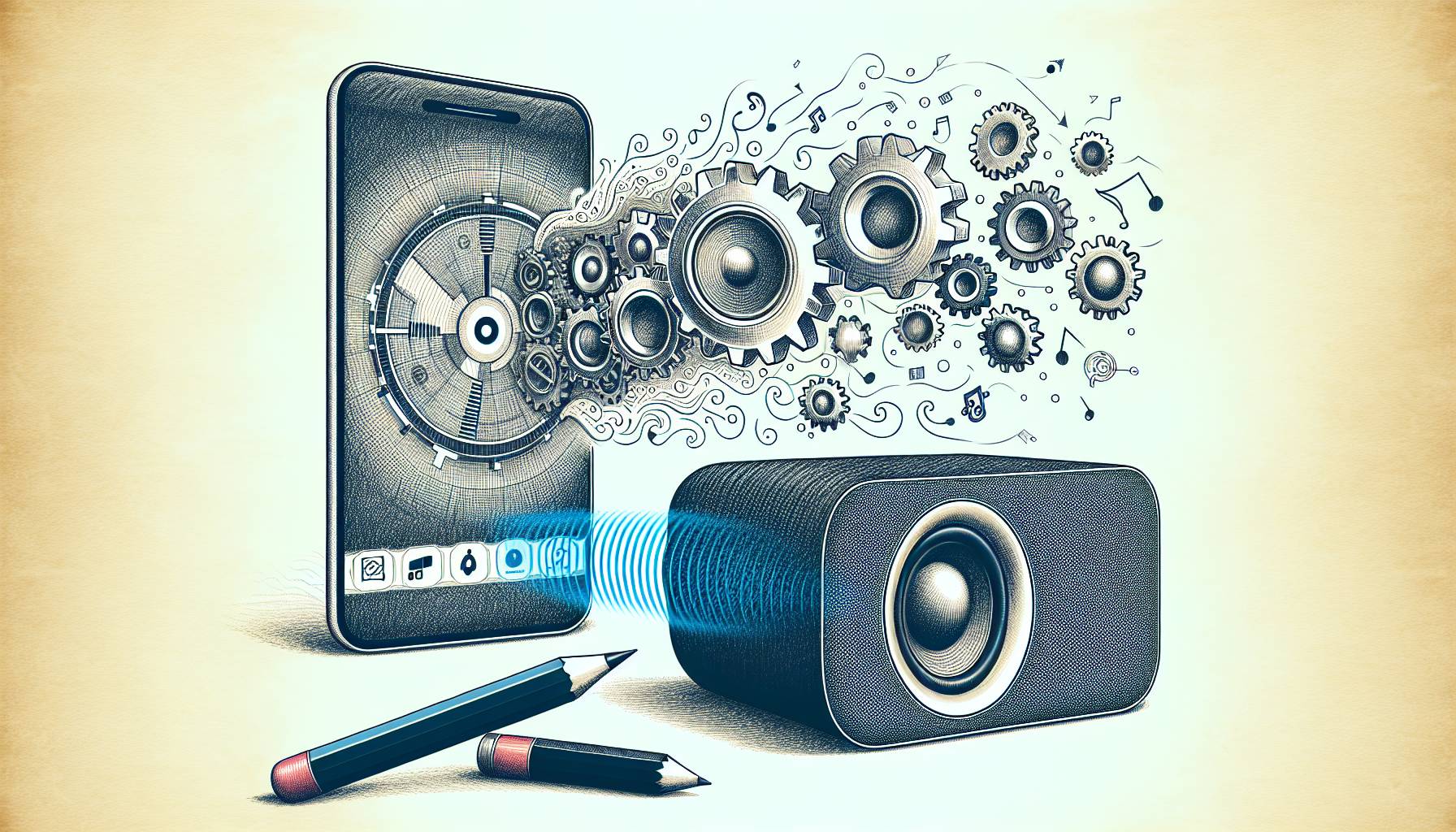The iPhone 4S is a breakout success. The iPhone 4 continues to sell too, despite there being a newer, better device on the market. And even though it’s two-years old, the iPhone 3GS still surprises everyone by being a huge favorite.
According to a story from The Next Web, Rumor has it that Apple’s oldest still-supported iPhone is so popular, the device will see production numbers of around two million in the current quarter, and another 1.4 million-1.6 million in the first quarter of 2012.
The rumor comes from Asian publication DigiTimes, which cites unnamed sources who supposedly work for Apple component suppliers in Taiwan and China. The rumor says that Apple is still seeing huge demand for the iPhone 3GS, but the numbers DigiTimes is putting up are pretty high – around 3.6 million in just six months for a device that has been outpaced by two better alternatives.
It goes to show that Apple has a pretty good foothold in the lower end of the smartphone range, even as analysts suggest and rumors fly that Apple should (or might be about to start) producing a lower-priced “nano” version of the iPhone that it can sell for less. Many say that would allow Apple to tap into developing markets and the lower end of the smartphone spectrum, where Android devices dominate with lower-powered, lower-priced devices.
But Apple currently offers the iPhone 3GS for $0.99 with a two-year contract with AT&T in the U.S. (it was formerly free), and the iPhone 4 for $100. While smartphone contracts are nothing to sneer at in terms of affordability – they can be around $100 a month – that’s pretty cheap to get yourself a slightly dated iPhone. And if DigiTimes’ production numbers bear out, it seems demand for the cheaper device is still pretty solid.
In fact, while lots of people suggest Apple make a lower-quality, less-enabled version of the iPhone to sell in lower-end markets, history suggests Apple will stay where it is. Apple is in the business of making premium, high-end devices. Part of the prestige of the company is that it maintains a certain aesthetic of staying at the top end of the spectrum. Rather than diminishing its own brands by offering weaker versions of its devices, Apple will probably just go on continuing to offer its outdated devices for less.
Another big part of the current success of Apple’s iOS devices is their “stickiness,” which refers to the idea that people who own iPhones or iPads buy a lot of content that works specifically for those devices (and doesn’t transfer to, say, an Android phone). Because they own music and apps that are only good on Apple’s mobile devices, those users tend to buy more iPhones over time. So if Apple sells you a 3GS on the cheap one year, you’re more likely to pick up an iPhone 4S when your contract upgrade rolls around two years later.
Compromising on a lesser version of the iPhone could mean compromising on apps and other content, too, and that would be bad for Apple’s massive content-selling ecosystem. When it comes to low-end devices, at least right now, for Apple it seems as though an “if it ain’t broke” philosophy will persist.












